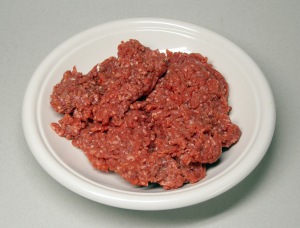In need of something warm, spicy and comforting as the nights draw in? Let me introduce the spicy tomato and lentil soup.
Just as in July and August we were in un dated with courgettes that morphed into marrows because we couldn’t pick ‘em fast enough, now the green house is giving up its goodies. Tomatoes, tomatoes and more tomatoes – they keep on coming.
Nice as they are to eat in salads, I needed a recipe that would use up a lot of them so I hit on tomato and lentil soup. Yes, there are lentils in it and they do contain carbs, but they thicken the soup up marvellously and make it so delicious, they are worth it.
If you like your soup to be more of a main course than a starter, do as I always do and serve it topped with a poached egg or two. Some cooked chorizo would work too.
Spicy Tomato and Lentil Soup
- 400g tomatoes, halved
- 75g red lentils
- 1 red pepper, de-seeded and chopped
- 1tbsp rapeseed oil
- 3 cloves garlic, crushed
- 1 medium onion, peeled and sliced
- 1tbsp ground cumin
- 1tsp dried chilli flakes (more or less, depending on how spicy you like it)
- 600ml boiling water
- Salt
Heat the oil in a large saucepan/stock pan. Add the onion and pepper and cook for five minutes, until softened but not browned.
Add the tomatoes, garlic, cumin and chilli and cook for another five minutes until the tomatoes start to break down. Add the lentils and boiling water and bring to a boil. Turn down to a simmer and cover. Leave to cook for 15-20 minutes.
Use a hand blender to puree the soup. Add salt to taste – you should be generous with the salt, as lentils can take quite a bit of it.
20g carbs and 5g fibre per serving.









